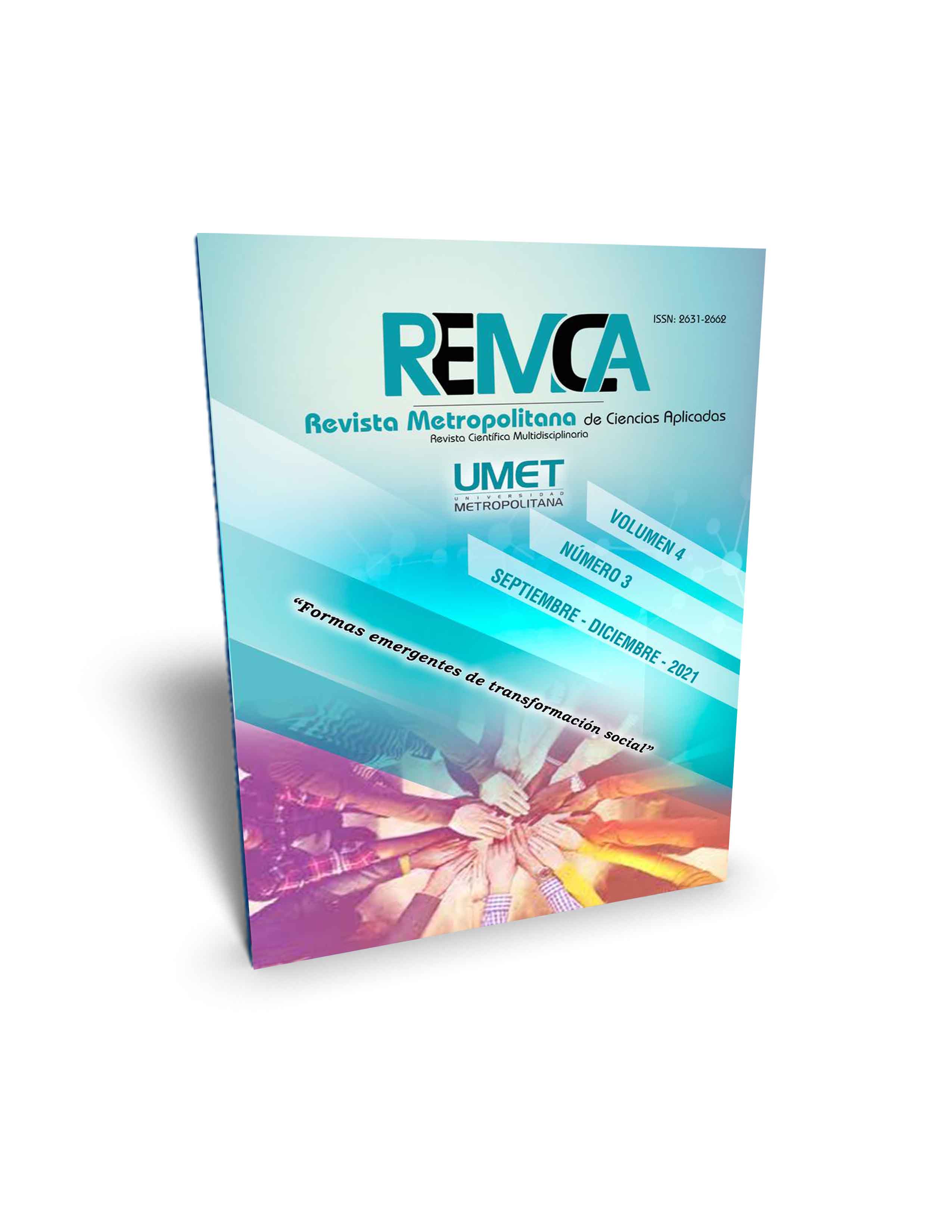Internal control process based on Coso II in a travel operating company
DOI:
https://doi.org/10.62452/ps8am552Keywords:
Control process, COSO ll, internal control, control evaluationAbstract
The objective of this research was to evaluate the internal control system using the Comprehensive Risk Management Framework (Coso II) as an internal control evaluation methodology in the areas of general management, accounting and sales in a company whose economic activity is intermediation tourist services. As a first step, we proceeded to determine the theoretical framework focused on some theories of various authors related to the object of study. As an instrument for the evaluation of internal control, the questionnaire was used for the entire population, low levels of confidence and high control risks were found in each of the components of Coso II, for which improvement proposals were made such as a manual of procedures and functions in the aforementioned areas. Once the improvements were implemented, the Wilcoxon signed rank test was applied, comparing the values of a before and after, as a result of which it can be seen that the proposal works. Therefore, it is concluded that through the application of administrative tools, effective controls and timely and reliable information are generated that will be the basis for making the right decisions.
Downloads
References
Arens, A., Randal, E., & Beasley, M. (2007). Auditoria un Enfoque Integral. Pablo Guerrero.
Asociación Española para la Calidad. (2014). COSO. https://www.aec.es/web/guest/centro-conocimiento/coso
Blanco Luna, Y. (2006). Normas y Procedimientos de la Auditoria Integral. Ecoe Ediciones Ltda.
Cordero, C., & Cubero, T. (2009). Manual de auditoria de gestión para la unidad de auditoría interna del Municipio Universidad del Azuay.
Del Toro Ríos, J. C., Fonteboa Vizcaíno, A., Armada Trabas, E., & Santos Cid, C. M. (2005). Control Interno: Programa de Preparación Económica para Cuadros. Centro de Estudios Contables Financieros y de Seguros.
Estupiñán Gaitán, R. (2006). Control Interno y Fraudes: con base a los ciclos transaccionales: análisis de informe COSO I y II. Ecoe Ediciones.
Lind, D., Marchal, W., & Wathen, S. (2012). Estadística aplicada a los negocios y la economía. McGraw- Hill.
Mantilla, S. (2011). Control interno segunda edición. Pearson Eduación.
México. Órgano Interno de Control. (2014). Los nuevos conceptos de control interno Informe COSO. http://www.ci.inegi.org.mx/docs/Informe%20COSO%20Resumen.pdf
Montaño Orozco, E. (2014). Control Interno, auditoria y aseguramiento revisoría fiscal y gobierno corporativo. Universidad del Valle.
Perú. Instituto para la Calidad. (2014). Beneficios de un sistema de control interno. http://calidad.pucp.edu.pe/articulos/3-beneficios-de-un-sistema-de-control-interno
Steinberg, R., Everson, M. E., Martens, F., & Nottingham, L. (2004). Gestión de Riesgos Corporativos, Marco Integrado de Componentes del Informe COSO II. http://administracion.univalle.edu.co/Comunidad/Memorias/evento2/archivos/Conferencias/Tecnicas%20de%20Aplicacion.pdf
Uruguay. Auditoría Interna de la Nación. (2007). Normas Generales de Control Interno. https://www.mef.gub.uy/innovaportal/file/7089/1/normas_ctrl_interno.pdf
Whittington, R., & Kurt, P. (2000). Auditoría un Enfoque Integral. Lily Solano Arévalo.
Zapata, P. (2017). Contabilidad general: con base en normas internacionales de información financiera. Alfaomega Colombiana S.A.
Downloads
Published
Issue
Section
License

This work is licensed under a Creative Commons Attribution-NonCommercial-ShareAlike 4.0 International License.
Authors who publish in Revista Metropolitana de Ciencias Aplicadas (REMCA), agree to the following terms:
1. Copyright
Authors retain unrestricted copyright to their work. Authors grant the journal the right of first publication. To this end, they assign the journal non-exclusive exploitation rights (reproduction, distribution, public communication, and transformation). Authors may enter into additional agreements for the non-exclusive distribution of the version of the work published in the journal, provided that acknowledgment of its initial publication in this journal is given.
© The authors.
2. License
The articles are published in the journal under the Creative Commons Attribution-NonCommercial-ShareAlike 4.0 International License (CC BY-NC-SA 4.0). The terms can be found at: https://creativecommons.org/licenses/by-nc-sa/4.0/deed.en
This license allows:
- Sharing: Copying and redistributing the material in any medium or format.
- Adapting: Remixing, transforming, and building upon the material.
Under the following terms:
- Attribution: You must give appropriate credit, provide a link to the license, and indicate if any changes were made. You may do this in any reasonable manner, but not in any way that suggests the licensor endorses or sponsors your use.
- NonCommercial: You may not use the material for commercial purposes.
- ShareAlike: If you remix, transform, or build upon the material, you must distribute your creation under the same license as the original work.
There are no additional restrictions. You may not apply legal terms or technological measures that legally restrict others from doing anything the license permits.




